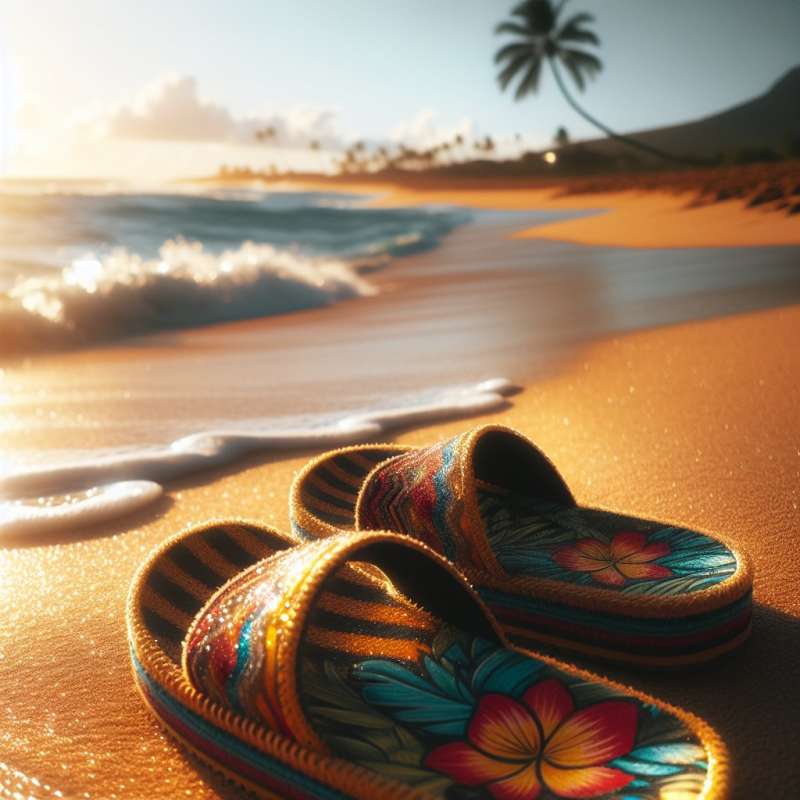
Ancient Hawaiian Dress
Traditional Hawaiian attire before Western contact was minimal. Men wore loincloths (malo) and women wore skirts (pa'u) made from tapa or leaves. High-ranking individuals adorned themselves with cloaks and helmets.
Introduction of Mu'umu'u
The mu'umu'u, initially a loose dress introduced by missionaries, evolved into a fashion statement. It's now synonymous with Hawaiian style, featuring floral patterns and bright colors, showcasing the islands' vibrancy.
Lei: More Than Decoration
Leis are not just decorative but also embody the Aloha spirit. They are made from flowers, nuts, seashells, or feathers, and are worn for occasions like weddings, graduations, and hula.
Aloha Shirt History
The Aloha shirt, created in the 1930s, gained popularity as a symbol of relaxation and island life. It was initially made from leftover kimono fabric and later became a business Friday staple in Hawaii.
Hula Kahiko Attire
Hula kahiko, the traditional Hawaiian dance, requires special attire. Dancers wear skirts made from ti leaves or tapa cloth and adornments that reflect the dance's meaning and the dancer's rank.
Footwear: The 'Slippah'
In Hawaii, flip-flops are known as 'slippahs'. They are the footwear of choice due to the islands' climate and lifestyle. The term is a nod to the laid-back Hawaiian culture.
Contemporary Island Wear
Modern Hawaiian fashion blends traditional elements with current trends. Designers incorporate island themes into everyday wear, using sustainable materials to reflect environmental values and cultural heritage.
What did men traditionally wear?
Aloha shirts with kimono fabric
Cloaks and helmets if high-ranking
Loincloths known as malo
Company